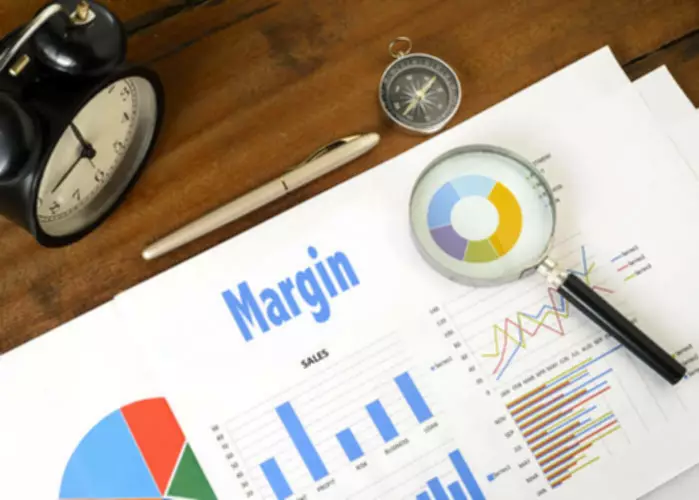Content

For companies that make large volumes of homogeneous products, process costing is much simpler than job costing. It also enables companies to hone in on the cost of each stage in the manufacturing process and look for ways to reduce cost if necessary. Process costing can be time consuming, and it can be difficult to accurately assign product costs to each manufacturing stage and to work-in-progress items.
- Costing is an important process that many companies engage in to keep track of where their money is being spent in the production and distribution processes.
- The following article presents issues of precise estimating of process cost using the method of cost account based on Activity Based Costing.
- This costing method is used in industries like chemicals, textiles, steel, rubber, sugar, shoes, petrol, etc.
- It is important to remember that all costs incurred in the production process must be included in the calculation.
- Including non-production costs will arbitrarily increase each item’s cost; this also increases the consumer product price.
- The amounts for these journal entries are calculated by multiplying the cost per unit times the number of units that moved from one function to the next.
- This calculated number of units used is called equivalent units.
For these kinds of products, companies do not have separate jobs. In this example, grapes purchased and grape press maintenance relate to the crushing process and packaging supplies and packager labor relate to the packaging process. In addition to setting the sales price, managers need to know the cost of their products in order to determine the value of inventory, plan production, determine labor needs, and make long- and short-term plans.
Examples of Operations To Use Process Costing
Fourth, calculate the amount of cost assigned to the completed units of output and the equivalent of completed units of output still in the ending inventory. For example, if a company completed 2,000 units, and left 1,000 units half-finished, then divide the applicable costs by 2,500 units.

The wages you pay specifically for the time worked on the project can then be added to the cost of the project. The balance in the factory labor account should be zero at the end of each period.
Features of Process Costing
This requires a correct and accurate accounting of product costs per unit, to have a proper matching of product costs against related sales revenue. This version assumes that all costs, whether from a preceding period or the current one, are lumped together and assigned to produced units. Process costing is generally used by manufacturers that produce a large volume of identical items, such as companies involved in oil refining, food production, chemical processing, textiles, glass, cement and paint. The following are the examples of industries where process costing is applied. Your Applied overhead costs include any cost that cannot be directly assigned to a cost object, such as rent, administrative staff compensation, and insurance. But these costs are not directly a part of the costs explicit only to this project – they are costs relevant to the general operation of the business rather than one job. So, you will need to estimate just how much of these overhead costs need to be applied to this project in particular.
Examples of the industries where this type of production occurs include oil refining, food production, and chemical processing. For example, how would you determine the precise cost required to create one gallon of aviation fuel, when thousands of gallons of the same fuel are gushing out of a refinery every hour? The cost accounting methodology used for this scenario is process costing. Product costs are allocated to the departments or processes each item passes through over a set period, instead of tracing costs to individual items produced. The total process cost is divided by the total number of items, resulting in an average cost for each item.
Process Costing System and Formula
To express incomplete units in terms of completed units. Work in progress is converted into finished products through the cost of equivalent production. Accounting treatment of normal losses and abnormal losses are studied in this method of costing. The finished product of one process becomes the https://www.bookstime.com/ raw material of the next process or operation and so on until the final product is obtained. Spreadsheet programs (Excel, Lotus 1-2-3) are widely used in managerial accounting. The are very helpful for calculating ABC cost allocations. Standardized formulae can be entered into a spreadsheet.
Then assign the costs to units of output as they move through the departments. The process costing method is typically used for processes that produce large quantities of homogeneous products. Manufacturing overhead often includes indirect materials, indirect labor, and the utilities used to run the production equipment. Each individual process has business costs allocated as goods enter into the production process. The costs are tracked until the goods leave the process and move through the production system.
Process Costing Formula
Division of a factory into separate operations, each performing standard protocols and procedures. The output of one process may become input for another process.
Since cost data is available for each process, operation and department, good managerial control is possible. An activity that results in a unique product, one easily distinguished from other products. The sequence of processes and operations employed is pre-determined. Production is continuous and the final product or end product is the result of a sequence of processes or operations. Process-wise records are maintained, including those relating to the quantity of production, scrap, wastage, etc. All expenses—direct and indirect—are accumulated and classified according to the process.
A fraction-of-a-cent cost change can represent a large dollar change in overall profitability, when selling millions of units of product a month. Managers must carefully watch per unit costs on a daily basis through the production process, while at the same time dealing with materials and output in huge quantities.
- To determine the method of allocation of manufacturing costs incurred during a given period.
- The chief objectives of process costing are listed below.
- Each product you create will inevitably use different quantities of material, take a variety of time lengths to complete , and generally cost differing amounts depending on the order you receive.
- However, it does not precisely identify which a lot of raw material is taken for production and its procurement rate.
- Getting a handle on production costs enables these companies to set the right prices for their products and determine whether costs are tracking in line with projections.
- The next step is to calculate the total expenses that are applicable to the production of the product.
- Process costing is also used in the assembly type of industries.
